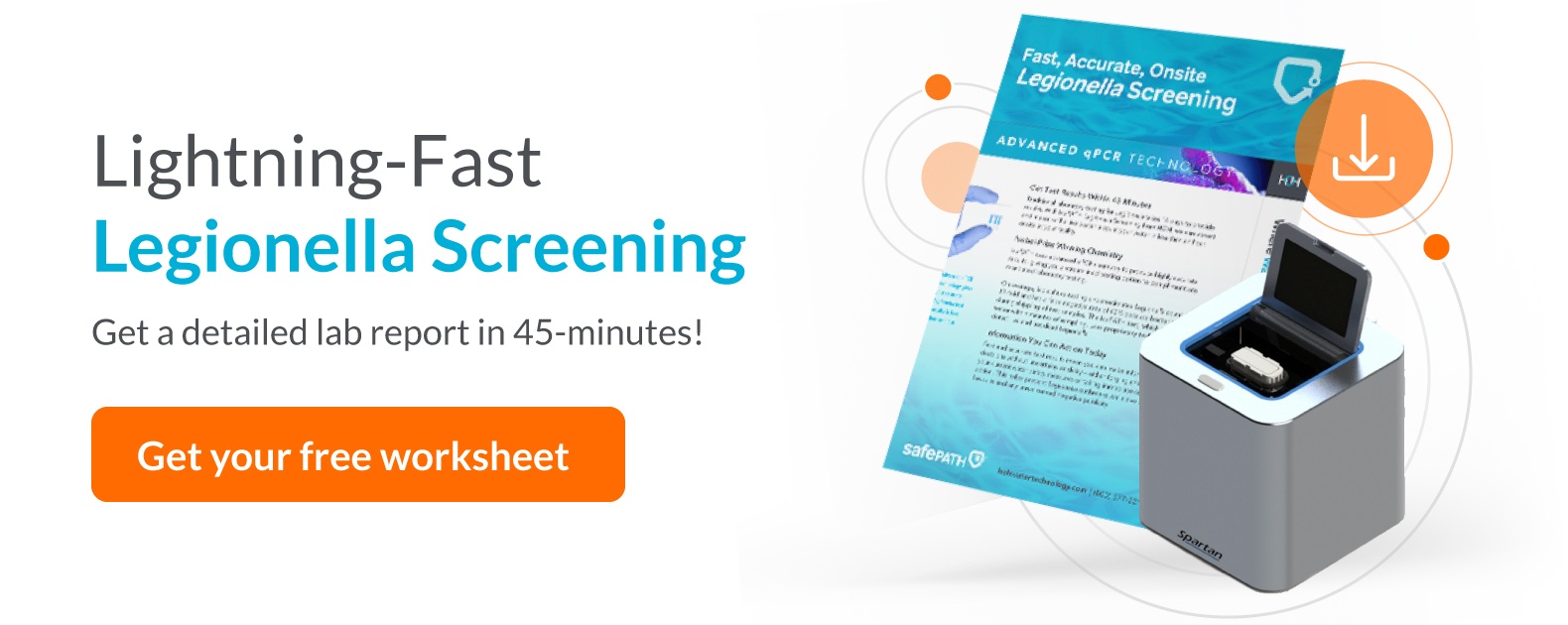
 If you’re considering a Legionella water management program, you’re probably getting to know some of the details of this complicated process. You may already know that Legionella can occur in many different industrial water systems — and that it can make people very sick. And, if you read our previous blog, you may have discovered that some of your buildings or devices are at risk for Legionella.
If you’re considering a Legionella water management program, you’re probably getting to know some of the details of this complicated process. You may already know that Legionella can occur in many different industrial water systems — and that it can make people very sick. And, if you read our previous blog, you may have discovered that some of your buildings or devices are at risk for Legionella.
To help you further understand Legionella and how it affects your buildings, it’s helpful to get a quick primer on some of the most common legionella terms used in the industry. Chances are, you’ll encounter these terms many times as you research a water management program.
Legionella Pneumophila and Legionnaire’s Disease
Legionella pneumophila, commonly called Legionella can grow in many types of industrial water systems and devices. When people inhale droplets of Legionella, they can get a serious lung infection known as Legionnaire’s disease. Legionnaire’s disease has symptoms similar to pneumonia and can be fatal.
Places and Things That Cause Legionella To Grow
Building water systems: These include water distribution systems (hot and cold), hot tubs, spas, humidifiers, misters, decorative fountains, and cooling towers, among others. Without a Legionella management plan, many building water systems and water devices are susceptible to Legionella.
Biofilm: A slimy substance that accumulates on any surface that stays moist for long periods. Biofilm creates an ideal environment for Legionella and other bacteria to grow and spread.
Stagnation: Water that is standing or doesn’t flow well. Stagnation invites biofilm to grow and reduces the effectiveness of disinfectants.
Sediment: Mineral build-up in a water system. It often looks like dirt or sand that sits at the bottom of tanks and pipes. Sediment soaks up disinfectant so it can’t do its job killing germs. Legionella likes to set up shop in sediment.
Scale: Like sediment, scale is a result of mineral buildup. Scale is a hard, rock-like buildup and can be difficult to remove. It interferes with proper temperature of the water because it creates a barrier between water and its heating or cooling devices. Scale can build up and subsequently block or hinder water flow through pipes and at taps, creating stagnation. It creates an ideal home for Legionella and other germs to proliferate. Scale is not just a hard water problem. It can occur in any water that is not properly treated. Systems that rely upon water evaporation are especially at risk for getting scale without a water management program.
Dead legs: Pipes that are exposed to a water system but have little to no water flowing through them. This happens with unused faucets or capped pipes, or pipes that are simply not being used regularly. Dead legs are great places for biofilm, sediment, and scale to form, allowing germs to infiltrate the rest of the water system.
Legionella Prevention Measures
Control measures: Things you can do to avoid Legionella. This may include heating, using disinfectant, or cleaning processes.
Heterotrophic plate count: This is a measure of the amount and types of bacteria in water. A high count could mean you need to take action and test for Legionella. But, even if you get a low number, you still need to test regularly for Legionella. Even a tiny amount of Legionella is too much.
Disinfectant: A treatment that can kill germs, including Legionella. This can include chemicals such as chlorine, monochloramine, and chlorine dioxide. Non-chemical disinfectants include copper-silver ionization, ultraviolet light, or ozone treatment.
Preventing Legionella With A Water Management Plan
Water management doesn’t have to be complicated. The right water management expert can not only work with you to avoid Legionella, but will walk you through the process and explain what you need —and what you can do without.
Want a quick primer on Legionella and how to avoid it? Download our quick 3-step guide that will tell you how to get started.
Recent Blog Posts

Five Ways to Increase the Efficiency of Your Closed Loop System

Global 6K for Water


